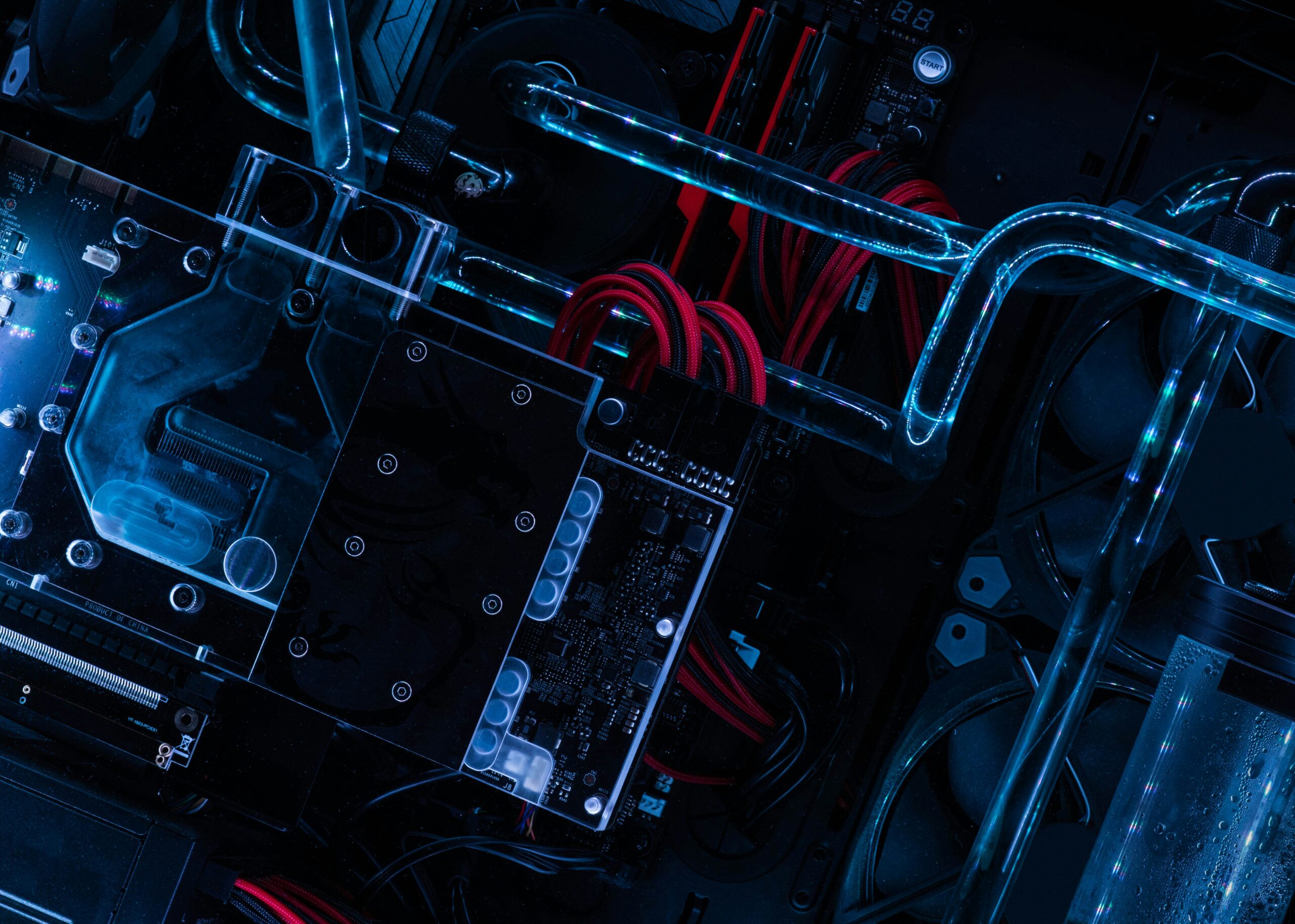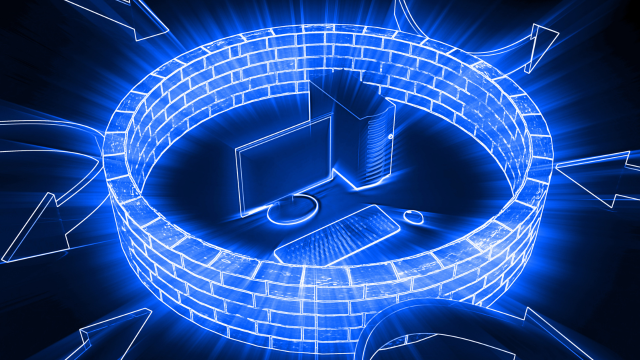
Network Redundancy vs. Network Diversity: What’s the Difference, and Do I Need Both?
Network redundancy is a duplicated infrastructure where additional or alternate instances of network devices and connections are installed to ensure an alternate path in case of a failure on the primary service. This is how you keep your business online and available should your main path of communication go down.
While redundancy is great, many times services are in the same data center, share the same fiber bundle, patch panel or equipment. In fact, hardware failures and fiber cuts are the leading causes of network outages today.
Being redundant may not protect you as well as planned.
What is Network Redundancy vs. Network Diversity?
A duplicate or alternate instance of your network doesn’t always protect you from the leading causes of network outages, and it can’t always protect you from less frequent, but more catastrophic incidents, like floods or fires. Sometimes construction work, human error and even squirrels can interrupt your network service. To protect against these scenarios, network diversity is the answer.
Network diversity takes redundancy one step further, duplicating your infrastructure on a geographically diverse path, in another data center or even in the cloud.
How do I Achieve Network Diversity Through Geographic Redundancy?
Diversity is key. Being geographically diverse protects you from weather events, construction and other single location incidents. If your redundant site is in a different state, or even in another country, your chances of two impacting events at the same time are significantly lessened. For even greater resiliency, you can move your redundancy or disaster recovery to the cloud via a Disaster Recovery as a Service solution.
Achieving Network Diversity via Multihomed BGP
You can achieve network diversity by being in geographically diverse data centers with the use of multihomed BGP. HorizonIQ offers the use of several BGP communities to ensure immediate failover of routing to your data center environment in case of a failure. Additionally, through HorizonIQ’s propriety technology, Performance IP®, your outbound traffic is automatically put on the best-performing route.
Achieving Network Diversity Through Interconnection
Another consideration is the connection from the data center to your central office. One can assume just because you have two different last mile providers for your redundancy that they use different paths. This usually is not the case; many fiber vaults and manholes are shared. This can result in both your primary and back up service being impaired when a backhoe unearths an 800-strand fiber. Ask the provider to share the circuit path to ensure your services are on diverse paths. HorizonIQ works to avoid these issues by offering high-capacity metro network rings in key markets. Metro Connect interconnects multiple data centers with diverse paths, allowing you to avoid single points of failure for your egress traffic.
Looking to migrate without overlap costs?
Migration shouldn’t drain your budget. With HorizonIQ’s 2 Months Free, you can move workloads, skip the overlap bills, and gain extra time to switch providers without double paying.
Get 2 Months FreeConclusion
Redundancy is key to maintain the demanding uptime of today’s business. In most cases this does the job, however, if your model is 100 percent uptime, it may be beneficial to start investing in a diverse infrastructure, as well.



